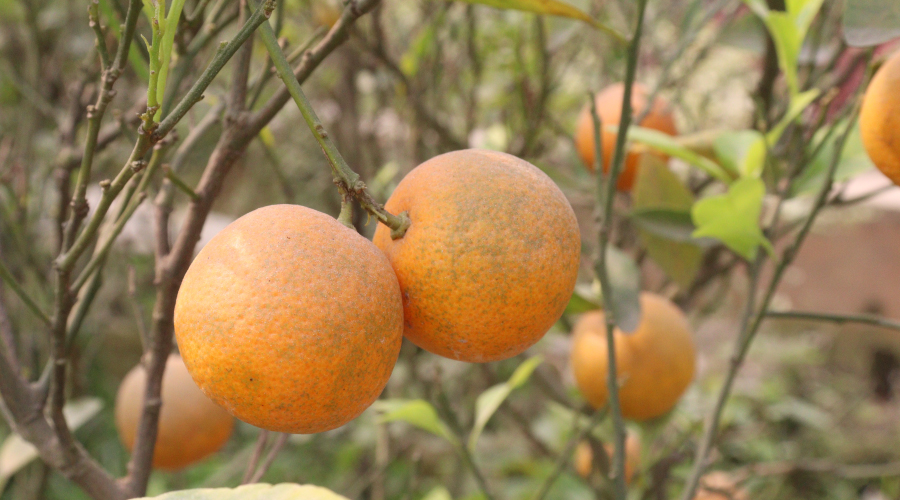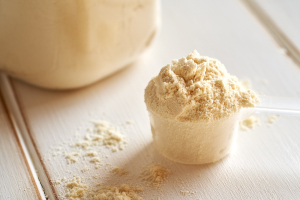

Iron is an essential nutrient your body requires for daily functions. Hence, you must consume enough iron-rich food products in your diet. Iron absorption is necessary for haemoglobin which helps in transporting oxygen in your body. Do you know the food you eat not only influences iron consumption but also how it is absorbed in your body? Let’s learn more about how you can increase iron absorption in body through this article.
Recommended Iron Intake and Iron Absorption in Body
You only need a small amount of iron daily to stay fit and healthy. An adult male requires around 1 mg, and menstruating females need around 1.5 mg per day. However, to achieve this number, you must consume a lot of iron-rich food. Why? Because the iron absorption in body from your diet is directly related to how much your body is able to store iron. Only 18% of the iron is absorbed by a healthy person of the available iron from a Western diet, which also includes animal products. On the contrary, only 10% is absorbed if eating only a vegetarian diet.
Surprisingly, this number can be much less even if you eat a high iron-rich diet. The primary reason is the already existing iron in your body. There are various places where the iron is stored in your body, including the liver. If the already stored iron percentage is high, the iron absorption from food happens less and vice versa. To boost your iron intake, you can add ‘iron tablets’ to your routine.
Food Sources Rich in Iron
People often feel that red meat is the only source of iron. However, many other food sources can help you with iron absorption in body. Iron that is absorbed from food can be categorised in two forms as heme and non-heme iron. Let’s look at both these sources:
Heme Iron
The sources of heme iron are animal food products rich in haemoglobin, such as meat, poultry, and fish. It is the best form, and almost 40% of iron absorption readily happens. Some other sources are beef, pork, veal, shellfish, etc.
Non-Heme Iron
This plant-based iron absorption form is present in vegetables, grains, and fortified foods. This is added to iron-fortified or iron-enriched foods and other iron supplements. The body does not absorb the non-heme iron form as much as the heme-iron form. Some non-heme iron sources are rice, oats, wheat, spinach, apricots, kale, soybeans, lentils, etc.
Food That Helps With Iron Absorption
As seen above, iron absorption takes place in heme sources better than non-heme sources. However, people who do not eat animal products may find iron absorption problems. Hence, they should include certain food products to help them with better iron absorption. Let’s look at them.
Vitamin C Rich Foods
Vitamin C has been linked to better iron absorption in body. The non-heme iron sources are captured by this vitamin and stored in a way more accessible for the body to absorb. Some vitamin C-rich foods are dark green leafy vegetables, citrus fruits, melons, bell peppers, and strawberries.
Beta-carotene and Vitamin-A Rich Foods
Your body needs vitamin A for healthy eyesight, immunity, and bone growth. Beta-carotene is found in plants and fruits and is a red-orange pigment that can be converted as vitamin A in your body. Some sources of these foods are sweet potatoes, carrots, kale, spinach, red peppers, squash, apricots, peaches, and oranges.
Vitamin A will assist in releasing the stored iron in your body and may help improve iron absorption and prevent anaemia.
Foods to Limit for Effective Iron Absorption
Certain food products can reduce iron absorption in your body. Although you can’t stop eating them altogether, you can limit them, especially if you have iron absorption problems.
- Soy protein
- Tea and coffee
- Excessive Alcohol consumption
- Wholegrains, like bran
- Calcium-rich food
Tips to Get Maximum Iron
Here are some ways that can help you maximise your iron levels in the body:
- If you are iron deficient, include lean red meat in your diet.
- Include fish and chicken.
- Consume a lot of vitamin C-rich food products and eat them during your meals to increase iron absorption. For example, you can squeeze lemon juice into your curries and salads.
- Try not to drink tea or coffee along with your meals, such as breakfast or lunch. Instead, have them between your meals.
Final Words
Iron is a vital mineral needed for many essential functions in your body. Its deficiency can lead to anaemia and can cause symptoms such as dizziness, fatigue, headache, and shortness of breath. Therefore, you must carefully include iron-rich food products or make necessary changes in your diet for adequate iron absorption by your body.




